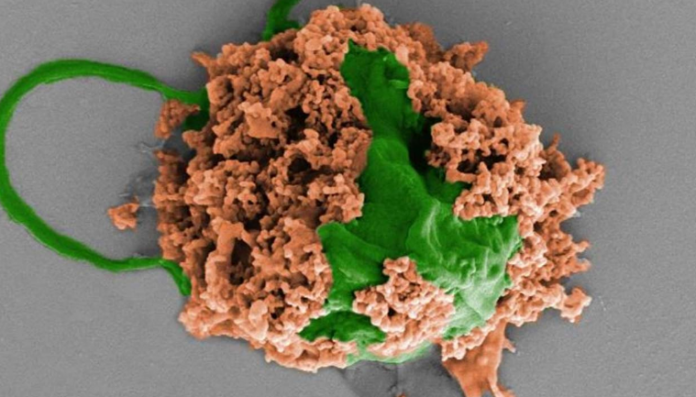Scientists have managed to treat lung inflammation in mice with the help of microscopic robots developed by them. However, using robots on humans still takes time and work.
The joint development of technology and medicine has allowed us to see some hitherto unimaginable methods of treatment. On the other hand, the scientific world is now focused on developing robots that can move inside our bodies, in our veins and narrow channels, open blockages, bury medicines and perform micro-operations.
One of these robots has recently opened up new horizons. Scientists have managed to relieve inflammation in the lungs of mice using robots made from algae cells and coated with a layer of nanoparticles of antibiotics. The robot is designed to clean people from deadly bacterial infections in the future.
How do robots achieve this?
The robot used wasn’t actually a single robot. The structure that got rid of pneumonia was actually a swarm of microscopic floating robots inserted into the body. Each robot in the swarm consists of algae cells, so it can move through the lungs.
Nanoparticles placed on algae cells consist of small polymer spheres covered with neutrophil membranes, such as leukocytes. These membranes neutralize the “inflammatory molecules” produced by bacteria and the body’s own immune system. Thus, both nanoparticles and algae decompose naturally. In other words, the robot that enters the body does not come out again, it is naturally destroyed by your body.
So how effective is the use of robots?
Thanks to robots, scientists can carry out the necessary treatment for the patient at the exact address on a microscopic scale. Moreover, if vaccines were used in this test instead of robots, it would take 3,000 times more than a dose of an antibiotic loaded with algae. So the difference is huge.
In their next study, scientists will study how microbots interact with the immune system. The robots will then be ready for testing on larger animals and eventually on humans.






